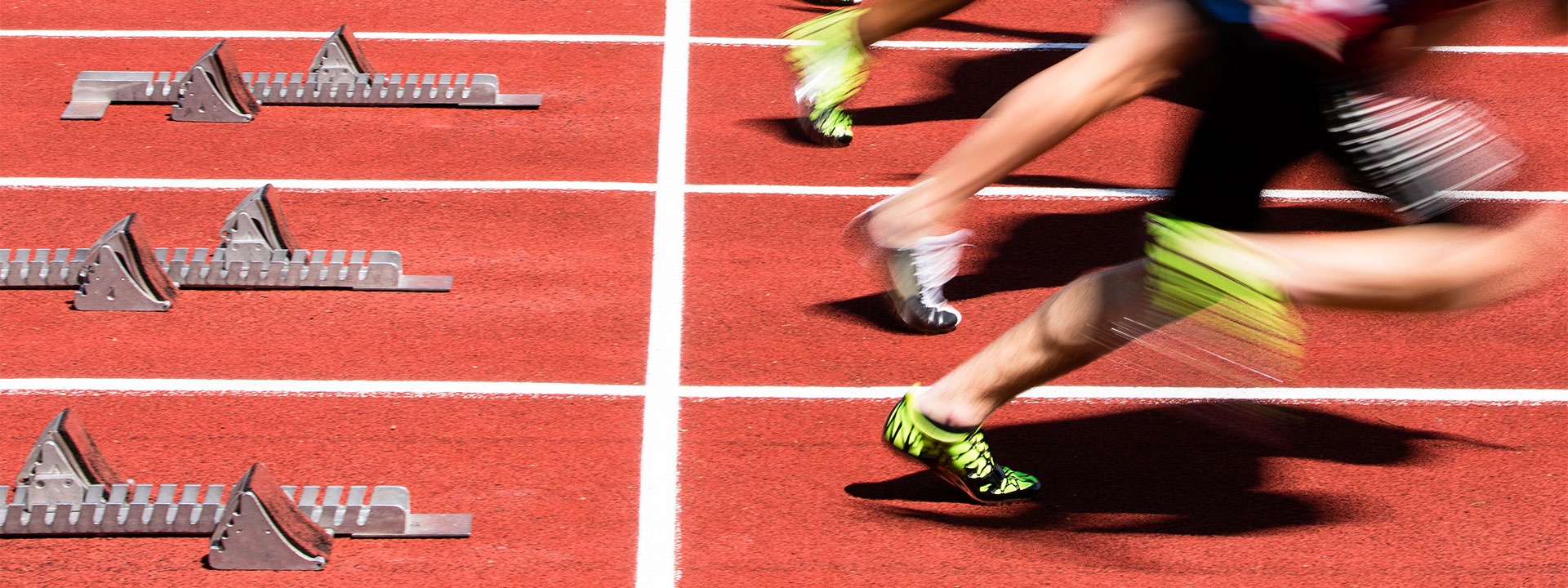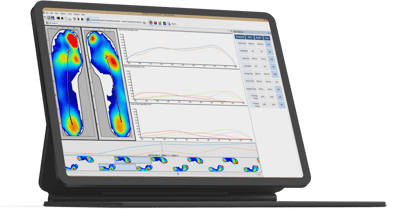
Gait and Foot Sensor Systems Are Key to Measuring Human Performance
Unlock better human performance with XSENSOR bioinformatics
How do we adequately and appropriately measure human performance, especially within the landscape of health and fitness?
Increasingly, human activity is tracked via technologies, from smartwatches to wearable sensors. The Internet of Things (IoT), the network of connected devices that allow for the collection, storage, and transmission of data, has quickly changed how we live and monitor human performance.
However, we are still in the early days of the IoT, which relies on sensor technology, cloud storage, and WiFi to work effectively. That means that some of the existing solutions are not optimal, can provide inaccurate or incomplete data, and can drive false conclusions about human performance.
Human Performance Defined
Measuring human performance is largely an exercise in outcomes management. That practice involves the systematic evaluation of activities, behavioural elements, plans, programs, processes, or system components. Those results are then compared with baselines, strategic goals, intended or anticipated results, or other programs.
When looking at human performance integrated with technologies, outcomes management is becoming increasingly more important. It’s necessary because of the growing complexity of the technologies and the interfaces, along with the need for evidence-based protocols.
In short, measurement, however it is defined, is essential for many reasons. Measuring human performance is a critical step to understanding the efficiency and efficacy of interventions and areas for future improvement. Measurement helps ensure that systems are cost-effective and safe for use. Data also helps understand the root causes of system breakdowns or injury.
Further, measuring human performance helps pinpoint ways to improve the design of systems and the interfaces with people and other technologies.
On the human side, outcome measurement practices help to better understand the user experience. How usable is the technology and is the design practical? What are the different outcomes based on skill levels, user preference settings, or attitudes? What are the sources of human error and how can technologies be improved to reduce those errors.
What’s more, there is an increased demand for information from the users of these technologies as part of a growing interest in transparency and understanding of the data we generate for and about ourselves.

Measuring Human Performance to Develop Better Athletes
Athletes are often looking for an extra edge that will allow them to improve their performances. The increased use of IoT devices and connected clothing offers a strong option for athletes, coaches, and team officials to use data to boost human performance. However, existing equipment often misses the mark, either due to not high enough sensor resolution or low sampling frequency that results in accurate data capture.
What’s more, some of the existing solutions are not durable enough to be used on rugged outdoor terrain. Others do not provide the needed wireless or mobile connectivity needed.
The solution? Use XSENSOR biomechanics solutions that use pressure mapping and Spatio-temporal data to analyse human movement and improve performance.
A person’s gait, which includes how they walk, run and jump, has a significant bearing on their quality of life and athletic performance. Understanding a person’s gait can help prevent and diagnose injuries and change training and approaches that lead to better human performance.
One way to understand one’s gait is to use tools that map insole pressure. However, most of the sensors on the market today are unable to hold up to the rigours of human activity or impede natural motion. The average human, for example, walks 2,500 steps per day. However, athletes can easily take double, triple, or quadruple that many steps in a given day. Without the right equipment to assess performance, athletes are hard-pressed to gain the insights that matter.
At XSENSOR, our insole pressure sensors are highly sensitive and highly accurate. They stand up to the demanding regimens athletes have for training and performance.
Insole plantar pressure mapping establishes a baseline for athletes, allowing for tracking over time. The deviations from the baseline help rehab specialists, trainers, and biomechanics experts assess foot function and gait efficiency. These baselines help in several areas of human performance, including:
- Making gait interventions
- Tracking deviations from the baseline
- Comparing data pre-and post-injuries
- Reducing injury risk
- Evaluating orthotic effectiveness
- Improving footwear design and choice
 The XSENSOR Intelligent Insoles strikes the right balance, allowing for move-with-you comfort while collecting accurate and actionable data. The durable insole sensors achieve multiple goals – evaluating gait, measuring foot function, and tracking plantar pressure. Data collection happens in real-time, allowing athletes and their support and treatment teams with insights quickly.
The XSENSOR Intelligent Insoles strikes the right balance, allowing for move-with-you comfort while collecting accurate and actionable data. The durable insole sensors achieve multiple goals – evaluating gait, measuring foot function, and tracking plantar pressure. Data collection happens in real-time, allowing athletes and their support and treatment teams with insights quickly.
In addition, our walkway and stance pads capture balance, pressure distribution and stance data. Both use a compact and durable design, providing detailed images and statistics that assess individual recordings and comparisons.
A quality foot sensor system provides a better understanding of biomechanics, helping clinicians gain insights related to their unique movement patterns. Foot sensor systems can be used to adjust foot movements to improve speed, with slight adjustments that can lead to boost speed to improve performance outcomes.
Insole pressure mapping and gait analysis help identify and address issues related to balance and overcompensation and can uncover previously undiagnosed injuries. The data can also support treatment plans, evaluating their efficacy and using real-world insights to adjust or create new plans.
XSENSOR provides a detailed, reliable, and durable solution that helps measure and improve human performance.

